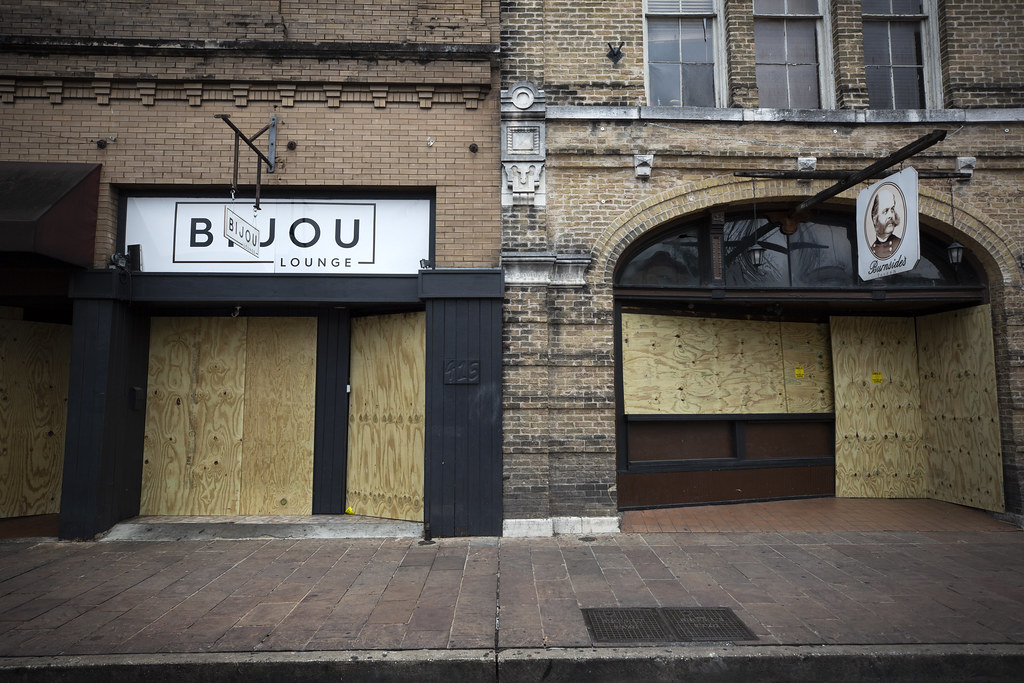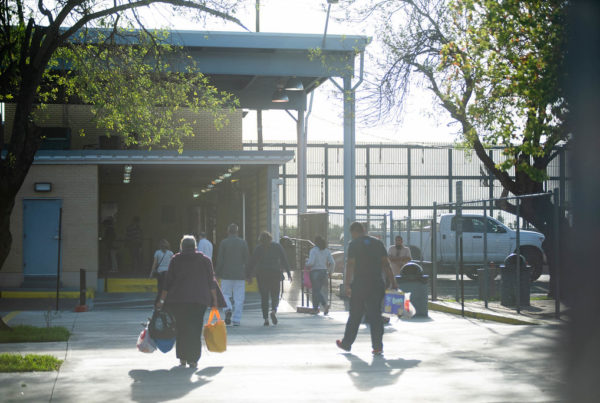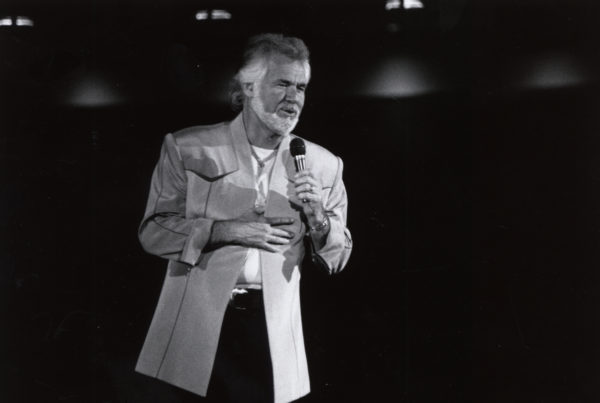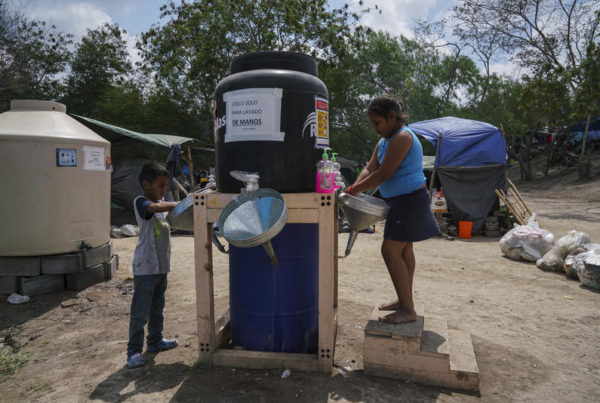Congress has not yet agreed upon the best way to stabilize the U.S. economy amid the COVID-19 pandemic. For example, in a recent article, The New York Times reported that Senate Democrats blocked a $2 trillion stimulus plan they said failed to adequately protect workers.
Lisa Cook, former senior economist for the White House Council of Economic Advisers, says without focusing on relief for workers, the economy will be hard-pressed to bounce back.
“I think it is worth waiting a day, if that’s what it takes to get more support toward workers and directly to workers,” says Cook, who’s also professor of economics at Michigan State University.
“The thing is,” she says, “if there is no support of the workers, if workers aren’t spending money, if they don’t have money in their pocket, they’re not going to spend. They constitute 65% to 70% of consumer demand, which is … 70% of GDP [Gross Domestic Product].”
Cook says that Democrats in Congress are being cautious, similar to how they initially responded during the Great Recession.
“They really want to get this right,” she says. “We saw in the last discussion in the Great Recession, when the CEOs of the auto companies were to come to Washington, they flew in their private planes and people were losing their jobs by the millions. The CEOs were tone deaf to the kind of pain the American people were feeling, and [Democrats] don’t want that to happen again.”
In an effort to stave off an economic meltdown, the Federal Reserve recently took a step bigger than any taken during the 2008 Great Recession. It announced it would buy as much government-backed debt as it deemed necessary, and begin lending to businesses and local governments. Cook says this will help keep the cash flowing in the long run.
“Certainly buying corporate debt will help to keep the markets more liquid,” she says. “You don’t want a ton of bankruptcies as a result. You want these business to stay open, let’s say, when the crisis is over, [and] rehire the people who were there before – anything to support that. But the Fed can only do so much. It only has limited tools post-Dodd-Frank.”
Written by Kristen Cabrera.













